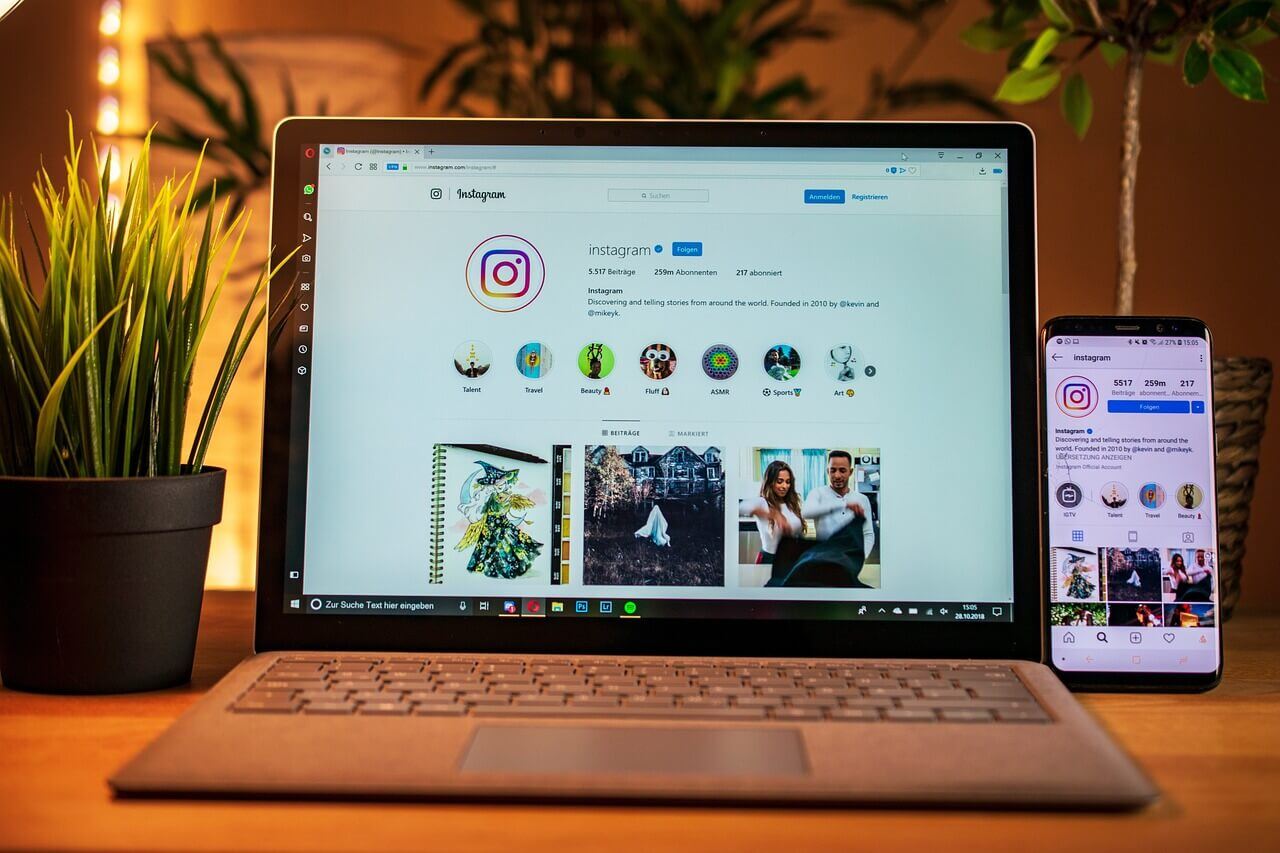QR Code Package Scam: What You Need to Know
In recent months, reports of a new scam involving unexpected packages and QR codes have emerged, raising concerns among consumers and cybersecurity experts alike. This scam, which appears to be an evolution of the well-known "brushing" scheme, is designed to trick recipients into scanning malicious QR codes, potentially compromising their personal and financial information. Understanding how this scam works and what steps to take to protect yourself is crucial in maintaining cybersecurity vigilance.
How the QR Code Package Scam Works
- Receiving an Unexpected Package
- You receive a package in the mail that you never ordered, often from an unknown sender or a third-party retailer.
- The package may contain an item of little to no value and a note claiming that it is a gift, with no details on the sender.
- The QR Code Trap
- Inside the package, a note instructs you to scan a QR code to find out who sent the gift or to access return instructions.
- Scanning the QR code may redirect you to a phishing website that asks for personal details such as login credentials, credit card numbers, or other sensitive information.
- Alternatively, the QR code might install malware onto your device, granting scammers access to your data.
- The Brushing Scheme Connection
- This scam builds on the existing “brushing” fraud, where third-party sellers send unsolicited packages to random individuals and post fake reviews under their names to boost product ratings.
- Scammers may have obtained your name and address from a past data breach, using it to send fake orders and generate fraudulent reviews.
Dangers of Scanning the QR Code
Scanning the QR code in the package can lead to:
- Phishing attacks: Fraudulent websites may prompt you to enter sensitive login information, which scammers can use to steal your identity.
- Malware installation: The QR code may trigger a download of malicious software, which could allow cybercriminals to access your apps, passwords, and other personal data.
- Financial loss: If scammers gain access to your financial accounts, they can make unauthorized transactions, leaving you vulnerable to fraud.
- Identity theft: Scammers can use your stolen information to open new credit accounts in your name, impacting your credit score and financial security.
What to Do If You Receive an Unexpected Package
If you receive a package you did not order, follow these steps to protect yourself:
- Do Not Scan the QR Code
- Avoid scanning any QR code from an unexpected package, as it could be a phishing attempt or malware distribution method.
- Verify the Sender
- If you suspect the package may be from a legitimate sender, check with family members, friends, or retailers where you have accounts.
- If the sender remains unknown, treat the package with caution.
- Handle the Package Properly
- If the package is unopened and has a return address, write "Return to Sender" on it and drop it off at your local post office.
- If you have already opened the package and do not want to keep it, dispose of it safely.
- If the package contains organic materials such as seeds, food, or unknown substances, report it to local authorities or the U.S. Postal Inspection Service.
- By law, you are allowed to keep any unsolicited merchandise that is sent to you, and you are under no obligation to return it or pay for it.
- Monitor Your Accounts for Fraud
- Regularly review your credit reports for any suspicious activity.
- Check bank statements for unauthorized transactions.
- If you suspect identity theft, visit IdentityTheft.gov to report the incident and get recovery assistance.
- Strengthen Your Cybersecurity
- Change any passwords that may have been compromised.
- Enable two-factor authentication (2FA) for additional account security.
- Keep your phone and computer software updated to protect against malware.
- Learn to recognize phishing emails and messages to avoid falling victim to scams.
What Authorities Are Saying
Law enforcement agencies and cybersecurity experts have issued warnings about this scam, urging the public to be cautious with unsolicited deliveries and QR codes. The Federal Trade Commission (FTC) advises consumers to treat unexpected packages with suspicion and take necessary precautions to secure their information. Similarly, police departments in multiple cities have issued alerts, emphasizing that scanning a QR code from an unknown source can be highly risky.
Final Thoughts
With QR codes becoming a more common tool in everyday life, scammers are finding new ways to exploit them for fraudulent purposes. If you receive an unexpected package, resist the urge to scan any QR codes enclosed. Instead, verify the legitimacy of the delivery, monitor your financial accounts, and report any suspicious activity to the appropriate authorities. By staying informed and vigilant, you can protect yourself from falling victim to this evolving scam.
At Compass IT Compliance, we help businesses navigate the complexities of cybersecurity threats, including emerging scams. Our team of experts provides comprehensive risk assessments, compliance audits, and employee training programs to strengthen your organization's defenses against phishing and social engineering attacks. By partnering with us, businesses can proactively safeguard sensitive data, mitigate risks, and maintain regulatory compliance in an ever-evolving threat landscape.
Contact Us
Share this
You May Also Like
These Related Stories

Is the Unpaid Toll Text a Scam? Cybersecurity Experts Weigh In

Smishing: Text Messages from Scammers

.webp?width=2169&height=526&name=Compass%20white%20blue%20transparent%202%20website%20(1).webp)
-1.webp?width=2169&height=620&name=Compass%20regular%20transparent%20website%20smaller%20(1)-1.webp)
No Comments Yet
Let us know what you think